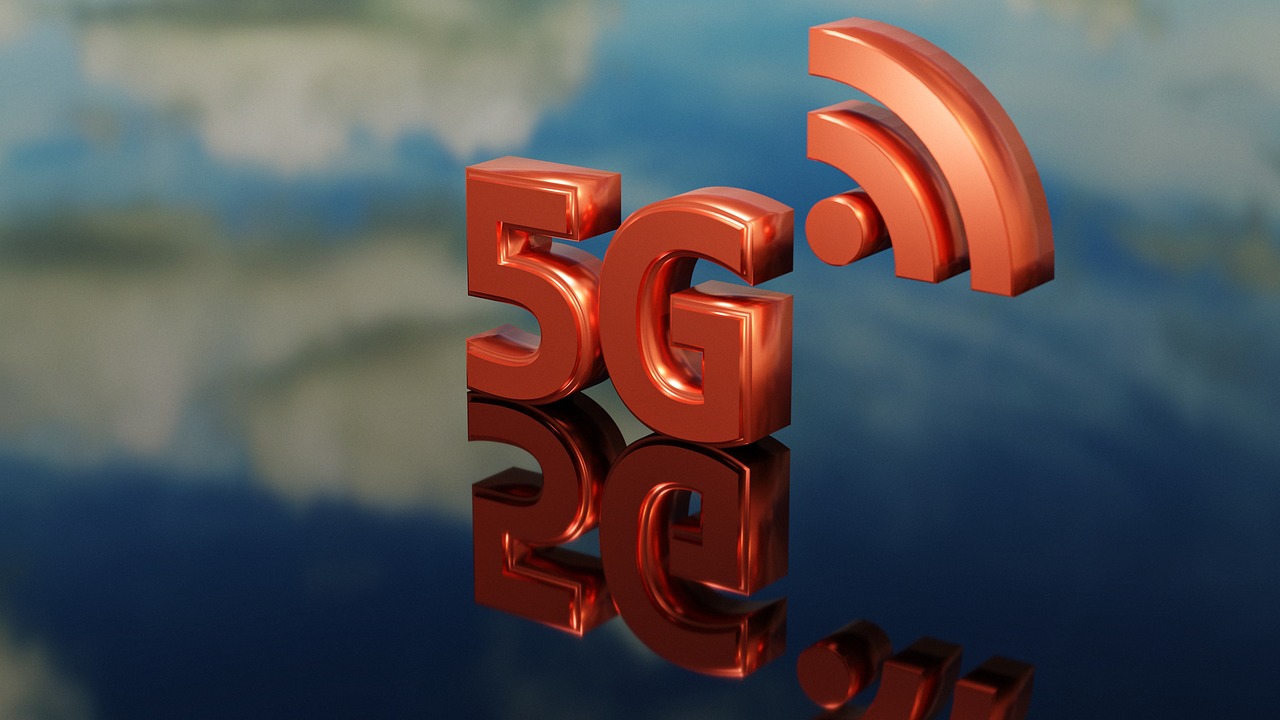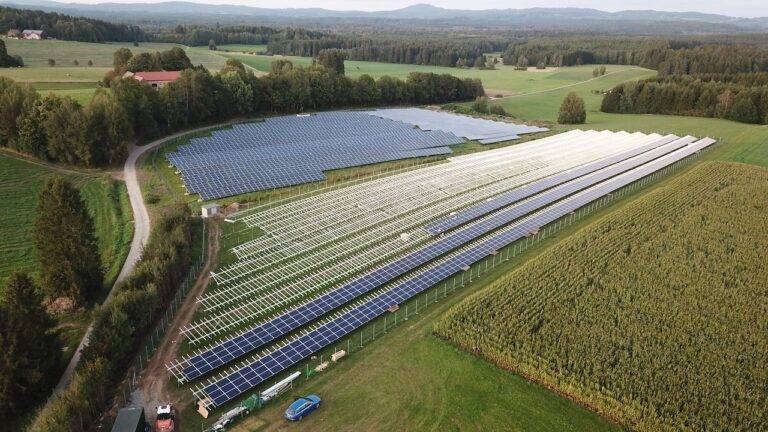The Impact of AI in Wildlife Conservation: Disease Surveillance
The integration of AI technology in wildlife conservation efforts has revolutionized the way we approach protecting endangered species and preserving delicate ecosystems. Through the utilization of advanced algorithms and data analytics, researchers and conservationists are able to collect, analyze, and interpret vast amounts of information more efficiently and accurately than ever before. This enables them to make informed decisions and implement targeted strategies for conservation that maximize impact while minimizing resources.
AI technology also plays a crucial role in monitoring wildlife populations and tracking movements in real-time, providing valuable insights into animal behavior and habitat usage. By leveraging machine learning algorithms and remote sensing techniques, conservationists can gain a deeper understanding of the complex interactions between species and their environment, allowing for more effective conservation management and sustainable practices. This innovative approach not only enhances the overall effectiveness of wildlife conservation efforts but also opens up new possibilities for addressing emerging challenges in a rapidly changing world.
The Role of AI in Disease Detection
Artificial intelligence (AI) has revolutionized the field of disease detection by enhancing the speed and accuracy of diagnostic processes. Through machine learning algorithms, AI can analyze vast amounts of data from healthcare records, images, and genetic information to identify patterns and predict potential health issues. This advanced technology enables early detection of diseases such as cancer, cardiovascular disorders, and infectious illnesses, leading to more effective treatment strategies and improved patient outcomes.
Moreover, AI plays a crucial role in optimizing healthcare resources and minimizing healthcare costs by streamlining diagnostic procedures and reducing the burden on healthcare professionals. By automating routine tasks like medical imaging analysis and patient risk assessment, AI systems can assist healthcare providers in making timely and informed decisions. This enables healthcare facilities to operate more efficiently and ensures that patients receive prompt and accurate diagnoses, ultimately improving the overall quality of healthcare services.
How does AI technology contribute to wildlife conservation efforts?
AI technology helps in monitoring and tracking wildlife, analyzing data to identify trends and patterns, and predicting potential threats to wildlife populations.
How can AI assist in disease detection?
AI can analyze large sets of medical data to detect patterns and predict potential disease outbreaks. It can also help in diagnosing diseases accurately and quickly.
What are some examples of AI applications in disease detection?
AI is used in medical imaging for identifying abnormalities, in genetic sequencing for detecting genetic diseases, and in analyzing clinical data for early disease diagnosis.
Can AI replace human doctors in disease detection?
AI cannot replace human doctors, but it can assist them in diagnosing diseases more accurately and efficiently by analyzing large amounts of data and providing insights that may be missed by humans.
How can AI technology be integrated into healthcare systems for disease detection?
AI can be integrated into healthcare systems through AI-powered diagnostic tools, predictive analytics, and personalized medicine solutions to improve disease detection, diagnosis, and treatment outcomes.





